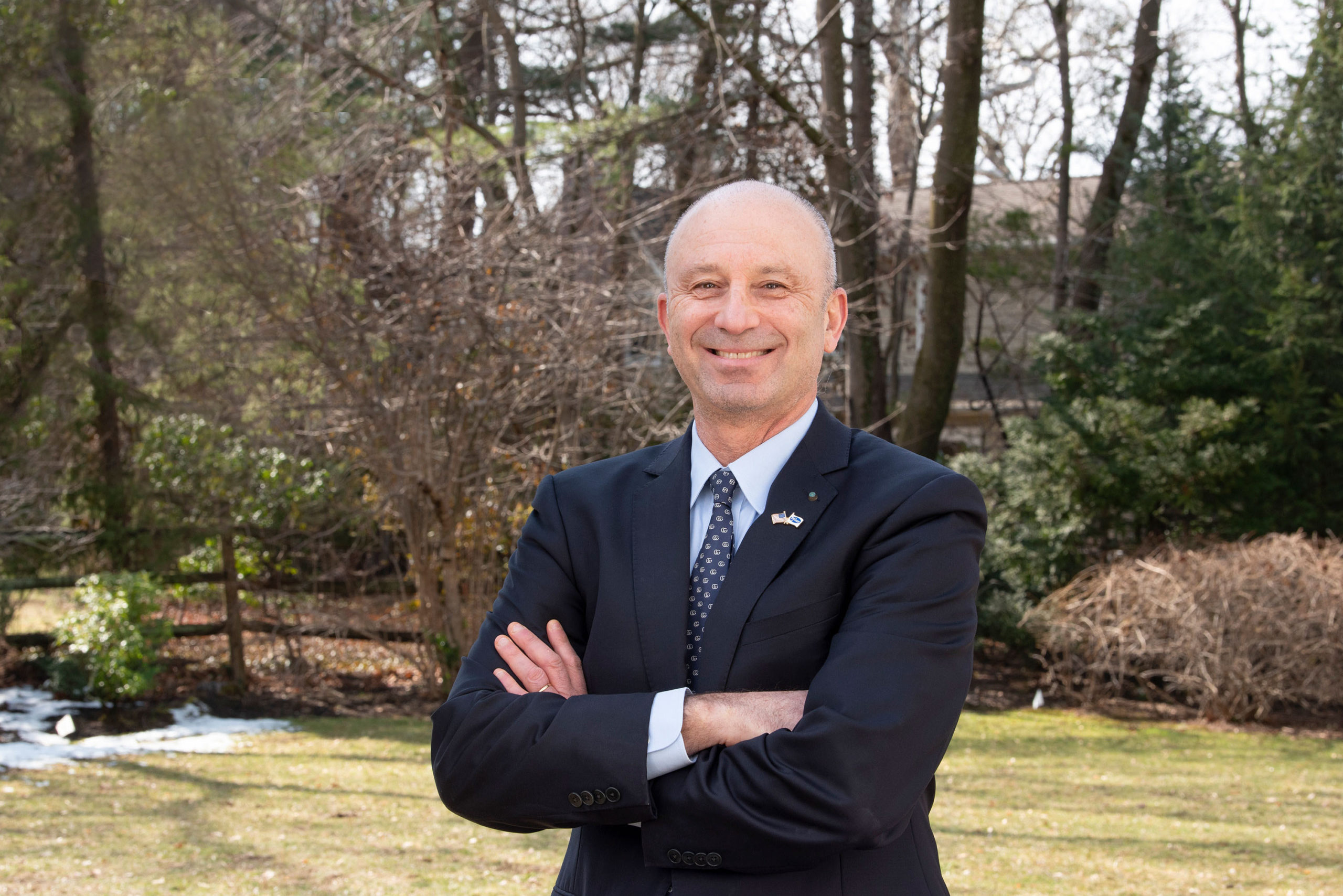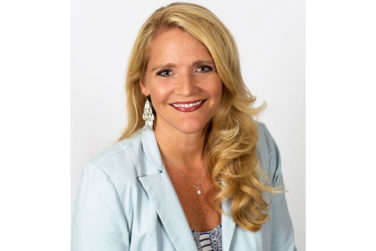Mikael Dolsten, MD, PhD
Chief Scientific Officer and President, Worldwide Research, Development, and Medical
Pfizer Inc.
Act like you are NASA and shoot for the moon. That was the mindset that helped Pfizer, along with partner BioNTech, to develop the first vaccine for COVID-19—one that hit the market in record time, was the first vaccine to use mRNA technology, and arrived with an efficacy rate over 95%. It was also the first COVID vaccine to ultimately be approved by the FDA under the brand name Comirnaty. But it is likely you already know all of that. What—or more specifically who—you may not know is the man responsible for leading the development team behind this achievement: Dr. Mikael Dolsten.
Dr. Dolsten became President of Pfizer Worldwide Research and Development in May 2010, where he leads a team of more than 8,000 scientists and oversees all global research operations across six therapeutic areas. In his more than 30-year career, he has been involved in advancing more than 30 drugs and vaccines to approval, with Comirnaty and the oral antiviral COVID-19 treatment Paxlovid being the latest examples. So, with all of these years of experience, why did he model the development of a vaccine for a worldwide pandemic on a trip to the moon?
“Like planning for the launch of a new NASA rocket, you need a tremendous organization,” Dr. Dolsten explains. “We set the project in reverse by saying, ‘We need to have a vaccine to turn this pandemic around by the middle of fall 2020.’ That reverse engineering allowed us to do things very differently. It allowed us to work in parallel across science, clinical studies, and manufacturing at scale.”
That means while they were evaluating various vaccine options, they were also working with regulators on continuous development and with CEO Albert Bourla and the product team to ensure they would be capable of manufacturing several billion vaccines for distribution if Phase 3 trials showed high efficacy.
The process behind the approach to Paxlovid was a little different. For that one, Dr. Dolsten says they acted like a “Navy SEAL action team.” Given the company’s experience in making small molecules for proteases in antivirals, they turned to an expert team to handle the challenge of developing this oral pill. They also used artificial intelligence and machine learning models to predict drug exposure and virus suppression before heading to trials. But once they got data they liked, they switched to the same lightspeed model that allowed them to produce Comirnaty so quickly at scale.
Changing Drug Development for the Better
While the lessons behind the lightspeed development for both Comirnaty and Paxlovid are now being incorporated into the overall R&D process at Pfizer, the truth is Dr. Dolsten has been working on revamping the company’s R&D for the past decade. To do so, he revitalized the company’s passion for biomedical science and its focus on medical breakthroughs.
“We start with a very integrated approach in looking at what area may have science starting to show signs of maturity to be transformative,” Dr. Dolsten says. “We work with colleagues in the more business intrapreneurial aspect of trying to understand how could the world embrace such a new innovation. That shapes our portfolio.”
The key is to be able to cherry pick the winners early, which they do using a framework called, “Signal of Clinical Activity.” While in small patient studies, the development teams look for big signals that show the risk is worth taking. For example, in the case of Comirnaty, the initial studies showed a very high level of neutralizing antibodies and good tolerability for a vaccine.
Of course, in order to have confidence to accelerate R&D, you must have strong success rates—something Dr. Dolsten has also worked to improve. Over the past 10 years, he helped turn what was a less than 10% R&D success rate from leaving the lab to getting an approval to about 20%. Furthermore, he improved Pfizer’s success rate when leaving Phase 2 from below 20% to 50%.
“Now with a 50% success rate—and the track record and organization behind it—if something big comes up, we can move swiftly to the last phase of R&D process, the pivotal study and registration,” Dr. Dolsten explains.
More Moonshots to Come
So, what are the next big things Pfizer is working on? One area is its elranatamab novel immuno-oncology agent for multiple myeloma, an investigational B-cell maturation antigen (BCMA) CD3-targeted bispecific antibody that they think may have an opportunity for a curative outcome. The company also recently received FDA Breakthrough Therapy Designation for their respiratory syncytial virus (RSV) vaccine candidate, PF-06928316 or RSVpreF. And Pfizer is working with other companies to combine technologies and experience to develop new cancer treatments, including a partnership with Arvinas on its Protac (PROteolysis TArgeting Chimera) estrogen receptor protein degrader to fight breast cancer and Astellas to develop Xtandi as a treatment for men with DNA damage response (DDR)-deficient metastatic castration-sensitive prostate cancer (mCSPC).
“How do you go beyond the moon to the planet of Mars,” Dr. Dolsten asks. “I think it’s focusing your capabilities on really big problems to solve. Some of them might be removing fear for cancer by early intervention that can lead to cure, integrating diagnostics, and new treatment algorithms.”
Dr. Dolsten is also excited by the progress Pfizer is making in the area of precision medicine targeting some new oncogene pathways such as BRAF2 and MEK2. He also sees promise in genetic medicine, where the company is working on gene therapies for areas such as hemophilia, Duchenne muscular dystrophy, and many other applications. Plus, he says the mRNA platform that proved successful for Comirnaty is going to be foundational in many other areas, including combined vaccines. But he also warns that we can’t get too complacent with COVID-19 yet, which is why the company is still working on highly active regimens of the vaccine for young children and the next generation of the vaccine that will deal with the many mutants of SARS-CoV-2 and could be ready by fall 2022.
“There are many big problems to solve, including ones in inflammation, metabolism, and new pandemic preparedness, so there are many more moonshots to come that will be far beyond what is currently in our imagination,” Dr. Dolsten says. “I’m optimistic this will be another decade of tremendous progress, and particularly for those groups willing to invest in taking risks, going for the big leap, and not just being incremental. That’s what we strive to be at Pfizer.”









